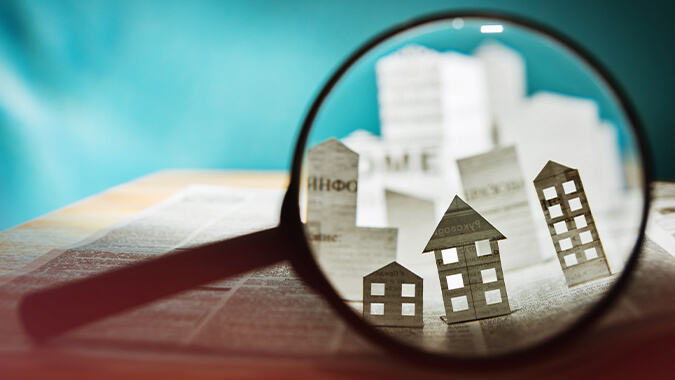Final Tangible Property Regulations Create Big Opportunities for Small Real Estate Owners
- Published
- Feb 5, 2014
- Share
As many taxpayers are aware, the IRS issued the Final Tangible Property Regulations in September 2013, a culmination of almost 10 years of planning and numerous revisions. The final Regulations are an update of the temporary regulations issued in 2011 and generally apply to taxable years beginning on or after January 1, 2014. While many taxpayers are aware of the more common provisions of the Regulations (e.g., de minimis safe harbor) and have already taken the necessary steps to take advantage of the new benefits offered by the Regulations, they may be unaware of several other provisions that could lead to potential tax savings and accelerated write-off of expenses that previously were required to be capitalized.
One such provision of the final Regulations is the “Safe Harbor for Small Taxpayers” intended to simplify compliance with the rules on building improvements. This new provision allows qualifying taxpayers to expense amounts paid during the tax year for repairs, maintenance, improvements, and similar activities with respect to eligible building property, if the amount paid for the tax year does not exceed the lesser of:
- $10,000 or
- 2% of the unadjusted basis of the eligible building property.
NOTE:
Taxpayers must be aware of the interaction of the Safe Harbor for Small Taxpayers with other safe harbor provisions contained in the final Regulations. The amount paid for purposes of this safe harbor must also take into account amounts paid that were not capitalized under the “De Minimis Safe Harbor” and amounts not determined to improve the property under the “Routine Maintenance Safe Harbor.”
The Safe Harbor for Small Taxpayers is determined on a building property-by-building property basis as long as each meets the guidelines laid out below. This annual election is available to property owners (such as partnerships and S corporations), but not to individual partners and shareholders.
Eligible Taxpayer
To be eligible for this safe harbor, a taxpayer’s annual average gross receipts for the preceding three years must be less than or equal to $10,000,000 without regard to aggregation. Gross receipts are defined as gross receipts from total sales (net of returns), receipts from services, and certain investment income items defined in the Regulations.
Eligible Building Property
Eligible building property is each building, condominium, cooperative, or leased building (or portion thereof) that has an unadjusted basis of $1,000,000 or less. For purposes of those taxpayers who lease properties or a portion of a property, the unadjusted basis is defined as the total amount of undiscounted rent paid or expected to be paid during the entire term of the lease. This total must also include the total amount expected to be paid for any renewal periods if at the time the taxpayer entered into the lease there was a reasonable expectancy of renewal.
As with many safe harbor provisions provided by the IRS, the Small Taxpayer Safe Harbor has some limits. If, for instance, a taxpayer exceeds the $10,000/2% threshold explained above, the taxpayer would then have to apply the general improvement rules of the final Regulations to determine the deductibility of the expenses incurred. Also, for purposes of this provision, the amounts paid are on a building property-by-building property basis. Therefore, the safe harbor may apply for one building property but not another.
Example:
Assume a taxpayer qualifies as an eligible taxpayer based on the gross receipts test. The taxpayer owns/leases the following properties:
- Owned Building #1 with unadjusted basis of $990,000, expenses paid of $11,000
- Owned Building #2 with unadjusted basis of $480,000, expenses paid of $10,000
- Leased Building #3 with unadjusted basis of $800,000, expenses paid of $9,600
Based on the information above, the taxpayer would only be able to apply the Small Taxpayer Safe Harbor rules to Building #3 because it is the only one that satisfies the lesser of $10,000/2% unadjusted basis test. The taxpayer would be allowed to deduct the $9,600 in the year incurred and would have to apply the general improvement rules to the expenses paid for Buildings #1 and #2 (assuming the taxpayer properly elected the Small Taxpayer Safe Harbor).
Small real estate owners should begin preparation now to comply with, and take advantage of, this safe harbor. For questions regarding the Small Taxpayer Safe Harbor, or any of the new provisions of the Final Tangible Property Regulations, please feel free to contact your EisnerAmper advisor.
Contact EisnerAmper
If you have any questions, we'd like to hear from you.











